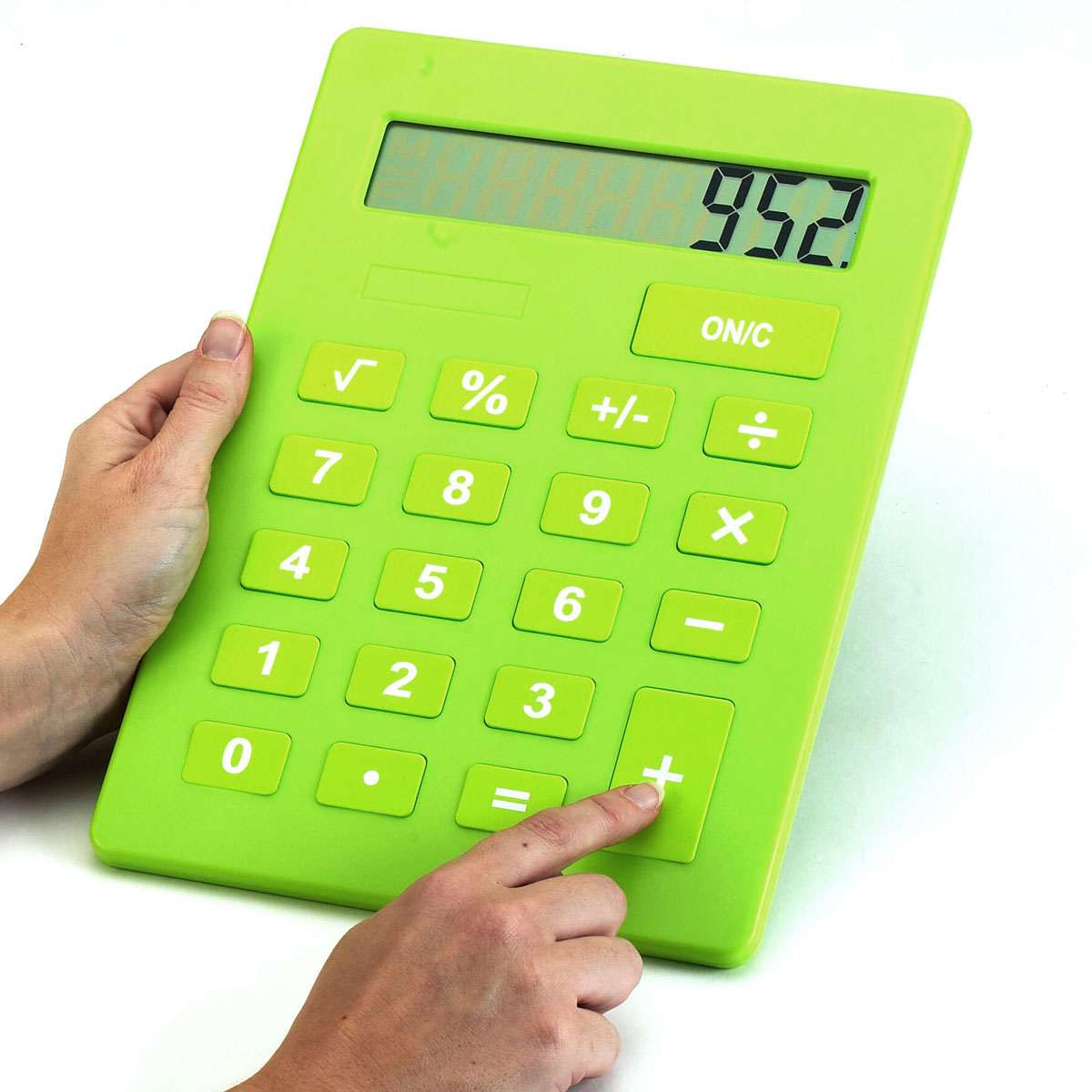

The gold standard in printing is usually regarded as 300 ppi.īut that's completely different in printing compared to viewing an image on screen. It takes an impressive eye to be able to tell the difference in a print between 300 and 400 dpi–and probably a loupe would be necessary. That isn't to say that some printers can't print at a higher resolution than 300 dpi, but that the difference becomes scientific after 300 ppi. In the chart on this page, where I mark “Perfect” as the print quality, I mean 300ppi. What PPI Produces “Perfect” Print Quality? (Green Check Marks) Just realize that bigger prints mean longer viewing distance, and that's why I said in the opening sentence that almost all modern cameras can produce a good quality print of any size. So the first question you have to ask yourself when determining how large you can print is, “What will the viewing distance be?” But don't worry, we don't need any complicated math and you don't need to measure anything. Since the viewing distance is further, the print resolution does not need to be as fine. But when you print very large (like a 24×36″ print), no one would stand that close to it. So we need a resolution that will be as fine as our eyes can resolve (and the printer can pull off) at that distance. When you print an 8×10″ print, it's likely that someone will hold it an arm's length away from their face. The same thing happens on a smaller scale with prints. But nobody stands with their nose to a billboard. The secret is that as print size increases, so to does viewing distance! If you were to stand right up in front of a billboard, you'd clearly see that the resolution is AWEFUL and the print looks pixelated. And understanding this principle will help you to be able to print at much larger sizes than you think you probably can. Why Most Cameras Can Print HUGE Even if They Have a Lower Megapixel CountĪ very common resolution for printing an ad on a very large outdoor billboard is 1800 pixels on the long edge and 1200 pixels in height (about 15 dpi). Even a few of the red X's could be ignored if you take viewing distance into account. It only means that it won't be the PERFECT magnifying-glass pixel-peeper perfect image quality at that size.

PLEASE NOTE: A yellow check mark on the chart above does NOT mean the print quality will be bad… AT ALL. However, if you want the ultimate in print quality perfection, then there are limits to how big you can print before you start to lose a small amount of print quality. When it comes right down to it, most cameras manufactured in the last few years (really anything 16 megapixels and up) are capable of printing billboard-size prints. I understand why it's a confusing question, but the truth is that my answer is almost always “Go for it! It'll look just fine printed that big.” I'm frequently asked how big of a print a photographer can make given their camera's 24, 16, 12, 18, 8 or whatever megapixel count they have on their camera.

Print size chart created by the author – Jim Harmer


 0 kommentar(er)
0 kommentar(er)
